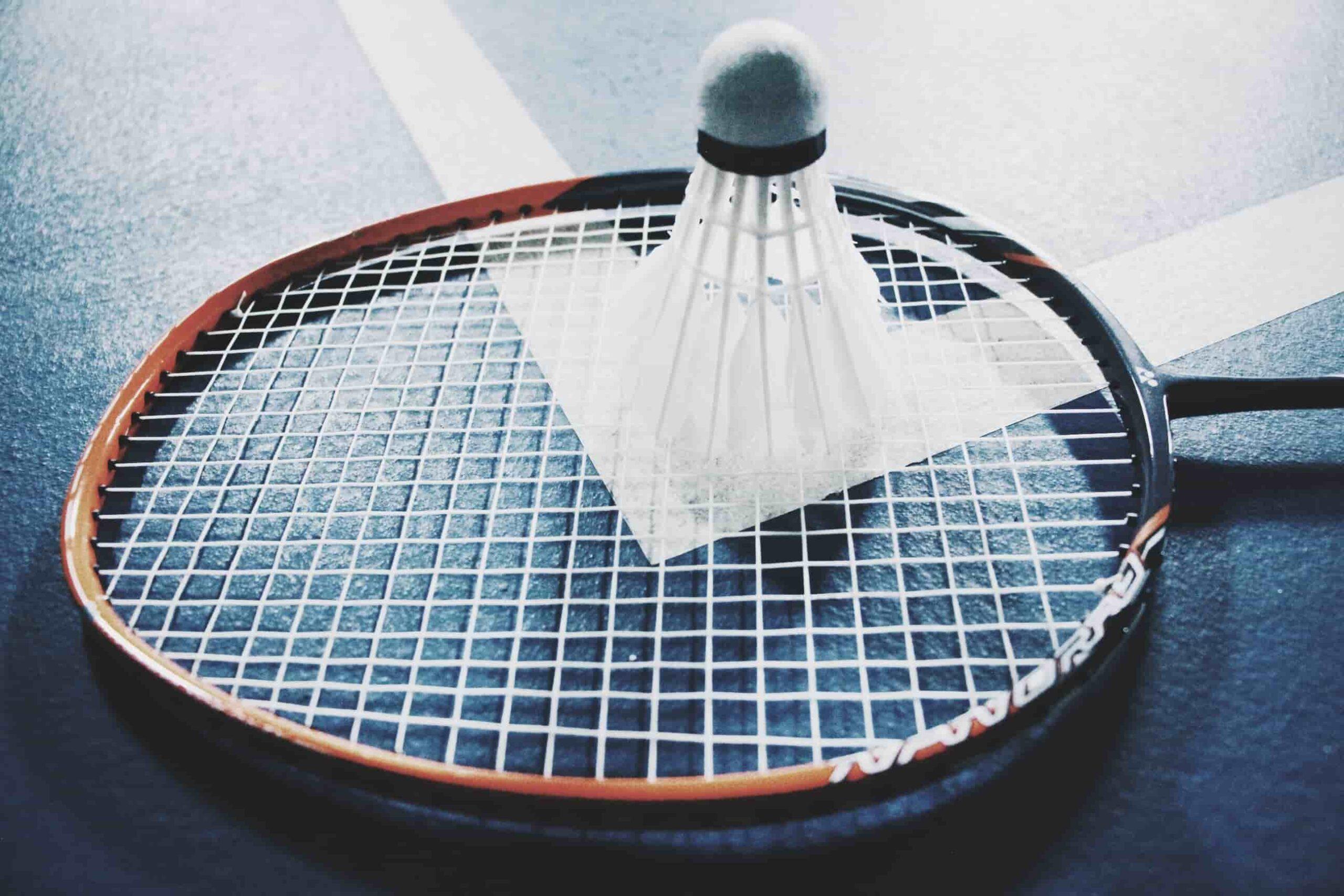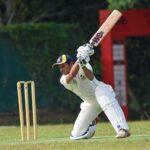Introduction:-Badminton is a fast-paced racquet sport that combines elements of agility, strategy, and precision. Played both recreationally and professionally, it is a sport that demands quick reflexes, strategic thinking, and physical endurance. In this comprehensive guide, we will delve into the rules, techniques, and history of badminton, providing a thorough understanding of this exciting sport.
History of Badminton
Badminton’s roots can be traced back over 2,000 years to ancient civilizations in Europe and Asia, where a game similar to badminton was played with a shuttlecock made of feathers and simple rackets. However, it was in British India during the mid-19th century that the modern version of badminton began to take shape. British army officers stationed in Pune adapted the traditional game known as Poona into what we recognize today as badminton.
The game’s popularity spread across British colonies and eventually to England, where the Bath Badminton Club was established in 1873, formalizing the rules and regulations. In 1899, the first official badminton competition, the All England Championships, took place, marking the beginning of competitive badminton.
Today, badminton is a global sport played at various levels, from casual backyard games to international championships, including the prestigious All England Open, the BWF World Championships, and the Olympic Games.
Elevate your game with our comprehensive guide to Diving and Horse shoepitching equipment, and advanced techniques. Dive into the world of sports excellence
Rules of Badminton
Scoring System
Badminton is typically played in either singles (one player per side) or doubles (two players per side). The game is played to 21 points, and a match consists of the best of three games.
Points are scored when the shuttlecock lands in the opponent’s court. Each rally starts with a serve, and only the serving side can score points. If the serving side wins the rally, they score a point and continue to serve. If the receiving side wins the rally, they gain the right to serve.
Serving
The serve is a crucial element in badminton, and players must adhere to specific rules. The server must stand inside the service court, with one foot touching the floor of the court. The serve must be underhand, and the shuttlecock must be struck below the server’s waist. Additionally, the shuttlecock must be hit diagonally across the net, landing in the opponent’s service court.
Faults and Lets
Various faults and lets can occur during a badminton match, leading to the awarding of points or a rally replay. Common faults include:
- Serving or receiving out of turn.
- Not landing the serve within the opponent’s service court.
- Stepping on or over the boundary lines during play.
- Hitting the shuttlecock into the net or outside the court boundaries.
- Obstructing the opponent’s shot or vision.
If a fault occurs, the opposing side is awarded a point, and the next rally begins with a serve from the side that did not commit the fault.
Court Dimensions
A badminton court is rectangular and divided into halves by a net. The dimensions of the court vary for singles and doubles matches:
- Singles Court: 17 feet (5.18 meters) wide and 44 feet (13.4 meters) long.
- Doubles Court: 20 feet (6.1 meters) wide and 44 feet (13.4 meters) long.
The net is placed at the center of the court, suspended over the ground at a height of 5 feet (1.524 meters) at the center and 5 feet, 1 inch (1.55 meters) at the posts.
Techniques in Badminton
-
Grip: Proper grip is fundamental in badminton. The most common grips are the forehand grip and the backhand grip. Players should practice switching between grips fluidly to accommodate different shots.
-
Footwork: Good footwork is essential for reaching the shuttlecock quickly and maintaining balance. Players need to master basic movements like the split step, side shuffle, and lunge to cover the court effectively.
-
Clear Shot: The clear shot is a high, deep shot aimed at pushing the opponent towards the back of the court. It is crucial for gaining control of the rally and creating opportunities for attacking shots.
-
Drop Shot: The drop shot involves delicately placing the shuttlecock just over the net and close to the opponent’s side. It is a strategic shot that requires precision and finesse.
-
Smash: The smash is a powerful overhead shot executed with a fast, downward swing. It is often used as an offensive move to finish a rally. Players should focus on timing and accuracy when performing a smash.
-
Drive Shot: The drive shot is a flat and fast shot aimed at sending the shuttlecock horizontally over the net. It is effective for keeping the opponent on the defensive.
-
Net Shot: The net shot is played close to the net, requiring a delicate touch. It is often used to counter drops and create openings for attacking plays.
-
Lob Shot: The lob shot is a high, arching shot played over the opponent, forcing them to move to the back of the court. It is an effective defensive strategy.
Badminton at the Olympic Games
Badminton made its Olympic debut as a demonstration sport in 1972 at the Munich Games and became an official Olympic sport in 1992 at the Barcelona Games. The Olympic badminton competition includes five events: men’s singles, women’s singles, men’s doubles, women’s doubles, and mixed doubles.
Countries such as China, Indonesia, and South Korea have historically dominated Olympic badminton, showcasing exceptional skill and talent. The Olympic format follows the same rules as standard badminton, with matches played in a best-of-three format.
Conclusion
Badminton is a sport that combines athleticism, skill, and strategy, making it a favorite among players and spectators alike. Whether played casually in a backyard or competitively on an international stage, badminton offers a unique blend of speed, agility, and precision. Understanding the rules and mastering the techniques outlined in this guide can elevate your badminton experience, whether you’re a novice or a seasoned player. So, grab a racket, find a court, and enjoy the exhilarating world of badminton. Happy playing!



